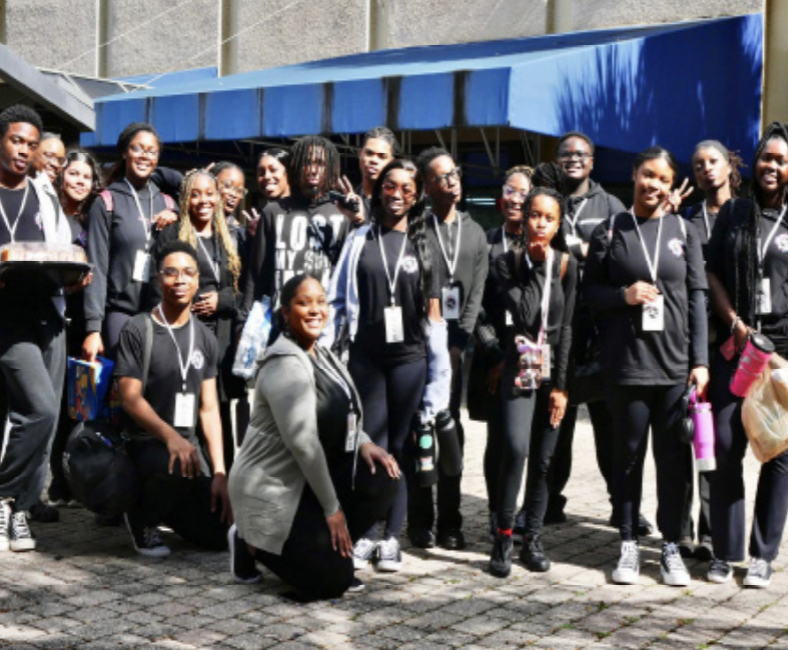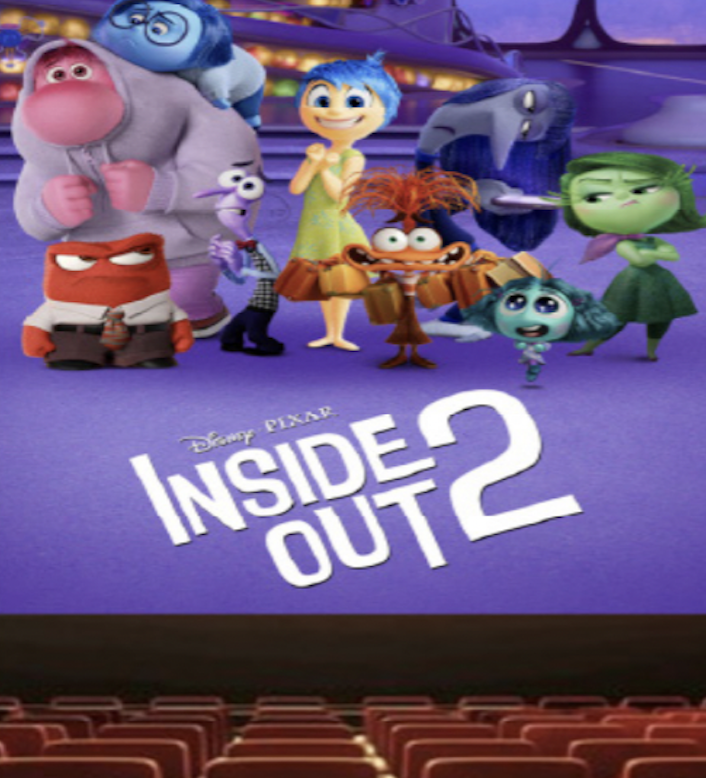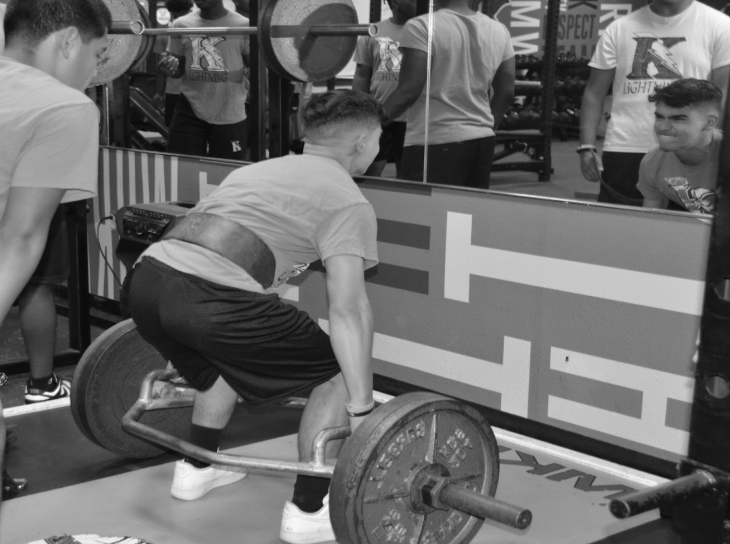Successful surgeries: pig hearts transplanted into brain-dead patients
Doctors recently transplanted pig hearts into brain-dead patients, proving that animal transplants could potentially save human lives.
The NYU Langone Health study allowed surgeons to operate on two brain-dead patients being preserved by ventilators. Lawrence Kelly, a 72-year-old woman with heart issues, was the first of two patients to receive the transplant, with NYU Transplant Institute heart surgeon Nader Moazami leading the team of surgeons.
“We learned a tremendous amount from the first operation,” Moazami said.
The pig’s heart managed to keep Kelly’s blood flowing throughout her entire body for 72 hours, despite the heart being too small for the patient’s body. This required surgeons to alter blood vessels in order to account for the difference in size and ensure the blood flow was perfect.
Preclinical studies of xenotransplantation, a procedure that involves transplantation of a nonhuman animal source, have lacked succession, while genetically modifying the pig heart to obtain the required needs has prospered.
With the help of Revivicor, a regenerative medicine company based in Blacksburg, Virginia, the University of Maryland School of Medicine permitted the world’s first living patient to acquire a pig-heart transplant. The patient, 57-year-old David Bennet survived for two months before passing away due to heart failure.
Scientists were fascinated by the success of Bennet’s procedure, which aroused interest in the study of xenotransplantation. This led to the experiments on the brain dead patients, in order to acquire more information about the process.
Not understanding the complexities of transplanting non-human matter into humans is essentially life threatening, but studies have shown that xenotransplantation can be beneficial for our future. In order to perfect this procedure, surgeries will have to be examined closely.
“Transplanting animal organs into brain-dead people allows for in-depth analyses that aren’t possible in living patients,” NYU surgeon Robert Montgomery said.
Scientific research can change our lives for the better; however, it presents many safety risks. Science officials endeavor to determine safety regulations on these procedures in order to maximize advances in science, while avoiding health risks.
“Advances in science, genetics, understanding living things and how they are similar can lead to the treatment of a lot of harmful and deadly diseases,” Biology teacher Lolitha Otero said.
Her ideas concur with Montgomery as they both can agree that taking a risk to operate on brain dead patients provides advances in science which can be highly beneficial for the future. Even though there is a possibility for complications, performing this surgical procedure reveals the possibilities of a living person to function normally with animal organs.




























